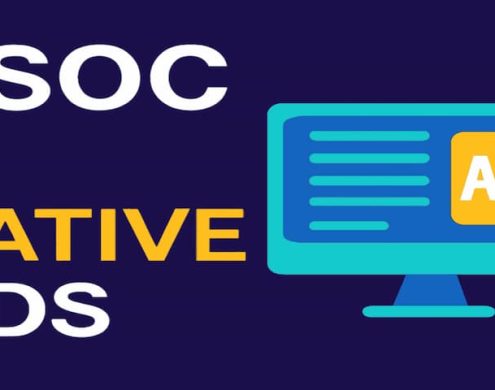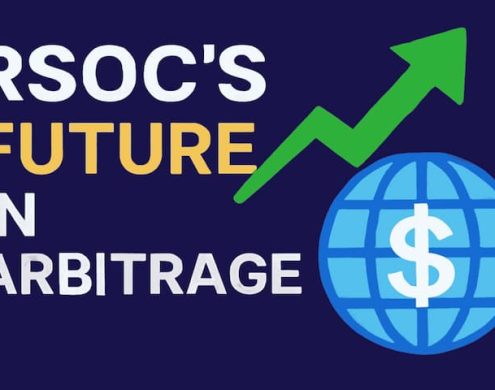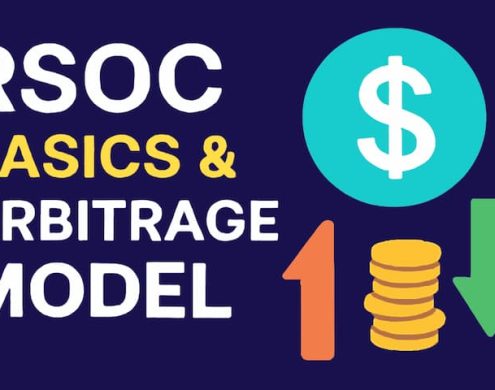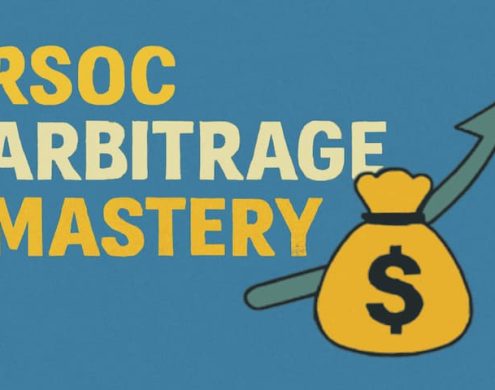Currently Empty: $0.00
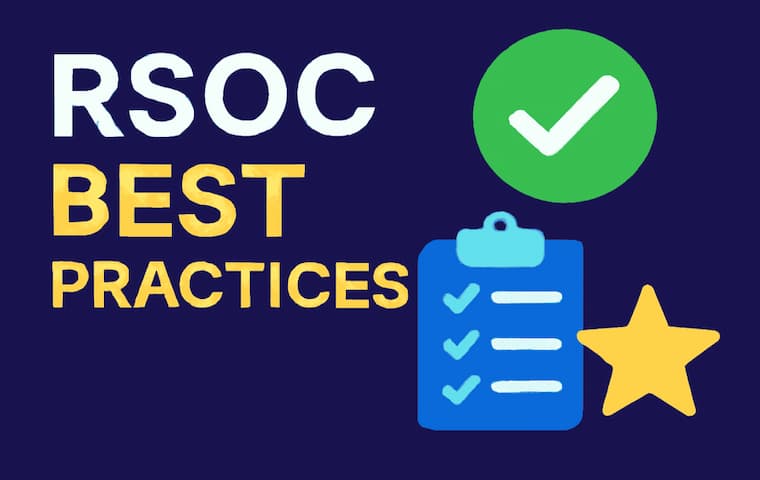
RSOC Best Practices: Key Metrics, ROI Strategies, and Campaign Optimisation for Buying Media That Works
Beginning
Performance marketing is always changing, and RSOC (Related Search for Content) has become one of the best tools for media buyers. RSOC is a great approach to take advantage of user intent without using standard search engines by putting connections to monetizable keywords in content. But in order to really get the most out of RSOC, media buyers need to know the best ways to boost performance and profit. This article talks about the key KPIs, ROI-driven methods, and campaign optimisation techniques that make RSOC arbitrage campaigns successful.
Section 1: Important Metrics That Lead to RSOC Success
Tracking the correct metrics is the first step to mastering RSOC. The following KPIs let you figure out how well you’re doing, find problems, and make more money.
1.1 Earnings Per Click (EPC) EPC is the average amount of money you make when someone clicks on an RSOC keyword link. It helps you figure out how well your traffic and content make money.
EPC = Total Earnings / Total Clicks
A benchmark: A high EPC (like $0.10 or more) is usually best for scaling.
1.2 Revenue Per Thousand (RPM) RPM tells you how much money you make for every 1,000 impressions. It helps you see how well your content and keywords are doing on a large scale.
RPM = (Total Earnings / Impressions) x 1000 is the formula.
1.3 Click-Through Rate (CTR) CTR shows how many people are clicking on RSOC keyword links in your article. If your keywords have a high CTR, it means that they are in the right spot and are relevant.
The formula for CTR is (Clicks / Impressions) x 100.
1.4 Cost per Click (CPC) CPC tells you how much you’re spending for each click from your traffic sources, such Facebook, native ads, and push notifications.
Goal: Keep your CPC lower than your EPC so you can make money through arbitrage.
1.5 Conversion Rate (CVR), which is the rate of ultimate conversions This illustrates how many people who visit the monetisation page powered by RSOC end up buying something.
Higher CVRs increase ROI and show that keywords are relevant to the content.
1.6 Bounce Rate and Time on Page These measures for engagement show how good the content is. Longer sessions and fewer people leaving the page usually mean stronger RSOC link engagement.
Section 2: RSOC strategies that are based on ROI
In addition to keeping an eye on metrics, using ROI-driven techniques makes sure that your campaigns are set up to be profitable all the time.
2.1 Make sure that the quality of the traffic matches the purpose of the content Not all traffic is the same. Traffic that is relevant to the content of your RSOC page and is of high quality leads to more interaction and sales.
For example, if you want to reach people who are interested in losing weight, run native advertising that link to RSOC keyword-rich content about healthy habits.
2.2 Run micro-budget testing campaigns Before you scale, test each funnel with a small budget ($20–$50 each day) to see how well advertisements and RSOC links work.
EPC vs. CPC: Engagement (bounce rate, scroll depth)
2.3 Target Users in the Middle of the Funnel The RSOC works best when the user is already aware of the problem or is interested in the solution. Use retargeting and interest-based audiences to drive mid-funnel users to click on relevant search suggestions.
2.4 Mix different ways to make money Even while RSOC connections are the main way to get money, you could want to mix them with:
- Widgets for native ads
- Banners for affiliates
- Links to products in context
This mixed method boosts RPM and offers variety to revenue.
2.5 Dividing by location and device Not all geos turn into money at the same rate. Keep an eye on how well things are doing by country, area, device, and operating system.
Tier-1 countries like the US, Canada, and the UK frequently have higher CPCs.
Layouts that work well on mobile devices are quite important for Android and iOS.
2.6 Improving the RSOC Feed Pick good RSOC feed providers and make sure the feeds fit the theme of the website.
Use dynamic feeds that change automatically based on keywords.
Check your keyword links for broken or low-CPC links on a regular basis.
Part 3: Ways to Improve Your Campaign
There are both creative and technological ways to make RSOC campaigns better. This part lists specific ways to make the funnel better.
3.1 Improving the Landing Page Your content page needs to find a balance between being useful and making money.
Use titles that make people want to know more, such “Why These 5 Skincare Ingredients Work Better Than You Think.”
Hooks for Paragraphs: Put RSOC links where people are most likely to click on them, like at the end of the first or second paragraph.
A clean, mobile-friendly, and fast-loading design makes people more likely to trust you.
Heatmaps: Use tools like Hotjar to see how far down a page someone scrolls and how many links they click on.
3.2 Testing Creative Ideas for Paid Ads Ad creatives are the first thing people see. Try out different versions of:
Pictures: Pictures of before and after, eye-catching images
Copy: Problem-solution, lists, and curiosity
“Learn More” vs. “Discover Now”
To improve CTR, run A/B testing on different formats (carousel, video, static).
3.3 Split Testing RSOC Placements Not every link placement works the same way. Test: Links in the text vs. links at the conclusion of the article
Integration of bullet lists
Keyword widgets and contextual phrases
3.4 Change Bids by Day and Hour The cost and quality of traffic change throughout time. Set guidelines to raise bids during periods when they are doing well and lower them at times when they are not.
3.5 Lookalike and Retargeting Audiences Use pixel tracking to find people to retarget. Then make lookalike audiences to locate people who are like your most active readers.
3.6 Set up automatic performance monitoring Use tools like RedTrack, ClickFlare, or Voluum to: Set up automatic rule-based improvements
Stop advertising that aren’t doing well
Change the direction of traffic based on geos or devices
Part 4: Rules for Compliance and the Platform
If your campaign breaks ad rules, it won’t work, no matter how well you optimise it.
4.1 Rules for Facebook and Google
Don’t make outrageous statements, like “Get Rich Overnight.”
Use pages with branded content
Let others know that you want to be an affiliate or advertiser.
4.2 Disclaimers for the RSOC Page
Include terms and a privacy policy
Add cookie popups that follow the GDPR and CCPA rules.
4.3 Stay Away from Low-Quality Content Flags
If your content is thin and doesn’t offer anything of value, you could get banned or get a bad score.
Add 300 to 500 or more words of useful text to each page.
Part 5: Expanding RSOC campaigns
The next stage after getting profitable metrics is to scale up in a smart way.
5.1 Copy Winners with Geo Expansion
Copy funnels that work well and change them for other Tier-1 and Tier-2 geos.
Make sure to localise creatives and RSOC keywords as needed.
5.2 Use Native Networks
Use MGID, Taboola, and Outbrain to reach more people.
Native traffic usually leads to lower CPCs and longer dwell times.
5.3 Make a Funnel Portfolio Don’t put all your eggs in one basket. To make more money and test themes that will always be popular, build 5 to 10 funnels in different areas, such as health, finance, and technology.
5.4 Hire someone else to write content As campaigns grow, making content can slow down growth.
Employ freelance writers
Use AI to help you write material, but have a person edit it.
5.5 Use rules for dayparting and scaling your budget Set up automatic scaling:
Every three days, raise the budgets for ad sets that are making money.
Use dayparting to focus on times when you make the most money (such lunch hours and evenings).
In conclusion
Smart marketers can use RSOC media buying to get a lot of return on their investment. But success doesn’t happen by luck; it happens when you learn how to use key performance indicators, make smart plans, and improve every part of the campaign funnel. The nuances are important, from CPC to CTR and from testing headlines to using automation tools.
If you follow the RSOC best practices in this article, you’ll be able to create, run, and grow lucrative campaigns that bring in steady returns. As digital arbitrage changes, people that are flexible, data-driven, and value-driven will keep doing well.
No matter if you’re new to RSOC or want to get better at it, remember to always optimise, always test, and let the analytics show you how to grow.


